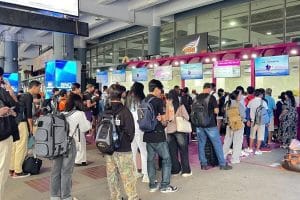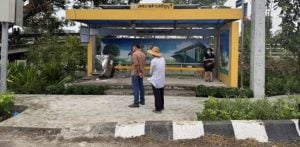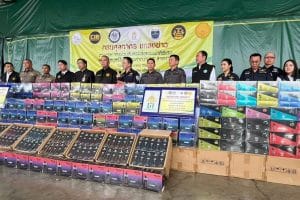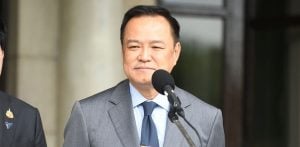Thailand explores long-term visa-free scheme with India
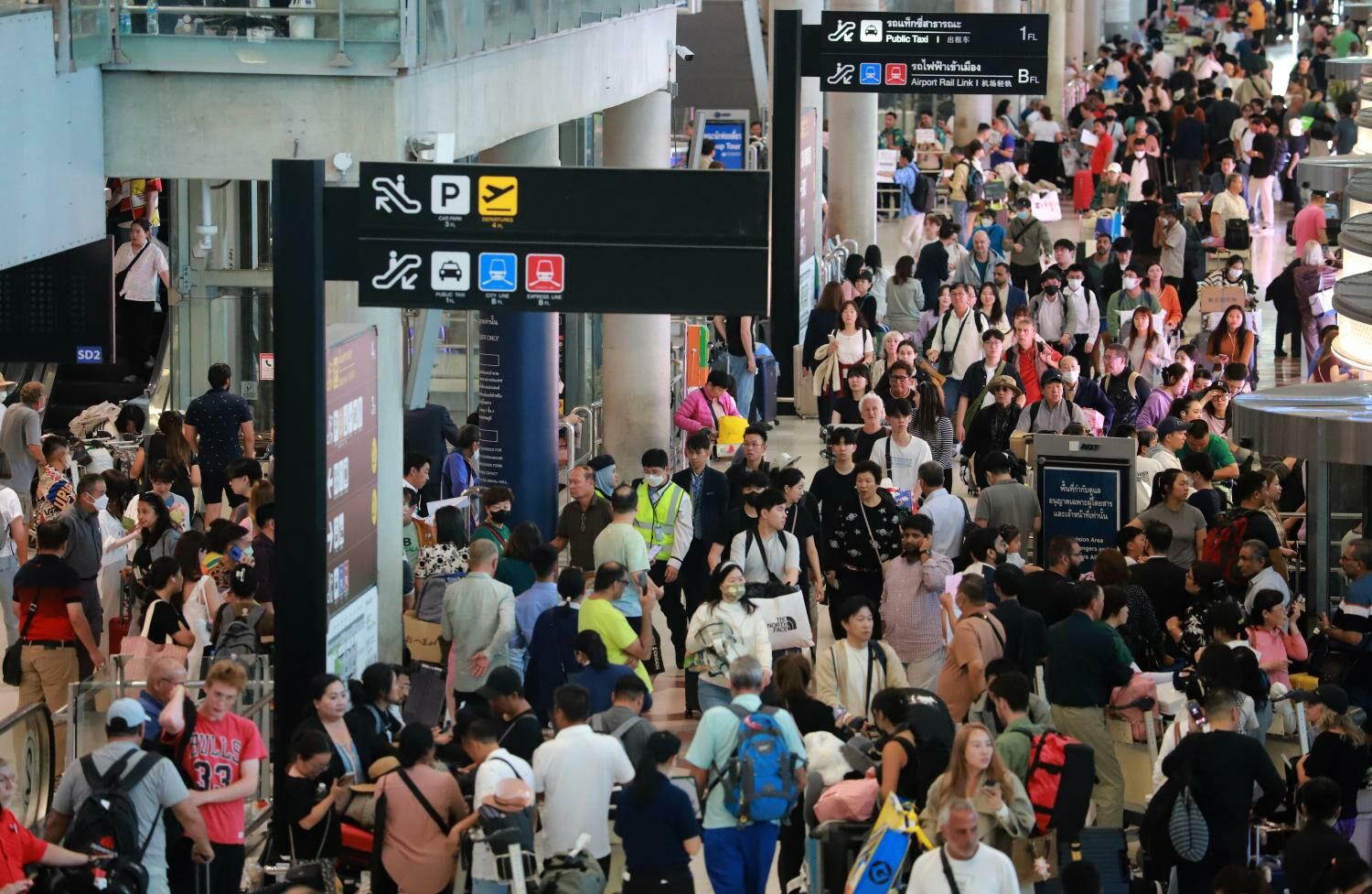
Tourism authorities in Thailand are pushing for a long-term reciprocal visa-free scheme with India, projected to become the world’s third-largest economy by 2027. Somsong Sachaphimukh, the vice president of the Tourism Council of Thailand, highlighted the positive impact of the current temporary visa exemption for India, which has accelerated the Indian market’s growth. As of February 18, the Indian market accounted for the fifth-highest arrivals in Thailand, with a total of 258,269 tourists.
According to Somsong, the extension of the visa exemption scheme for two years beyond its current expiration date of May 10, 2024, should maintain this momentum. The potential rise of India’s economy, projected to surpass Germany by 2027, presents a golden opportunity for Thailand to draw in more high-quality tourists, reported Bangkok Post.
In the future, a mutual visa-free programme between the two countries should be deliberated, Somsong suggested. This arrangement could potentially boost tourism and trade, providing airlines with incentives to offer more flights. Somsong highlighted the significant potential in the Indian market, largely due to its substantial young working population aged between 25 and 40, who account for approximately 40% of the total population.
“Indian tourists typically travel abroad with family and spend a fortune on tourism, either hotel services or shopping.”
Somsong added that an Indian tourist’s expenditure could range between 60,000 and 100,000 baht for roughly a week-long trip to Thailand. Additionally, the Indian market holds potential for business meetings, incentive trips, and wedding ceremonies, each potentially costing between 50 and 100 million baht.
Despite flight resumption restrictions between Thailand and India to only six major Indian cities, the number of flights is on the rise. Somsong suggested the government consider attracting flights from India’s second-tier cities, such as Amritsar and Pune, which demonstrate strong demand and high purchasing power. She also advised the government to support charter flights to U-Tapao Airport in Chon Buri and Chiang Mai Airport, in addition to Phuket, and to enhance duty-free shopping at these airports.
Challenges and Opportunities
Another challenge that must be addressed, according to Somsong, is the lack of Indian restaurants in major cities. Suksit Suvunditkul, president of the southern chapter of the Thai Hotels Association, confirmed India’s position in the top five largest arrivals in Phuket. As of January, 25,524 Indian tourists had entered Phuket via its international airport, only surpassed by Russia and China, with the number of Indian visitors exceeding the 2019 figure by 15%.
Suksit noted that the influx of Indian tourists has benefited hotels of all sizes, enabling many hoteliers to increase room rates during the high season. He predicted an occupancy rate of 90% in February, largely attributed to the Indian market and long-haul guests.
Latest Thailand News
Follow The Thaiger on Google News:









